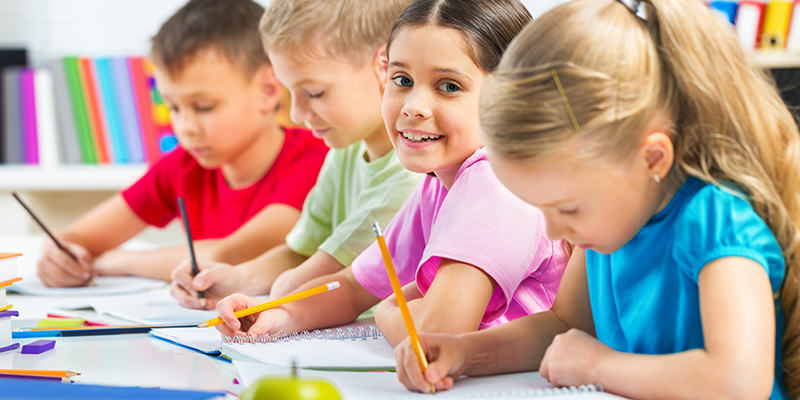 In addition to being able to snag a quick espresso between classes, Italian children have informally been learning about winemaking in school for decades – some have even had the chance to create red and white varieties that would eventually ferment. And now, winemaking in science class is being backed up by a new piece of legislature, one that’s calling for more structured space in classrooms for teaching about Italian history and its role in Italy’s culture. Specifically, it’s teaching second graders about wine.
In addition to being able to snag a quick espresso between classes, Italian children have informally been learning about winemaking in school for decades – some have even had the chance to create red and white varieties that would eventually ferment. And now, winemaking in science class is being backed up by a new piece of legislature, one that’s calling for more structured space in classrooms for teaching about Italian history and its role in Italy’s culture. Specifically, it’s teaching second graders about wine.
Every year, nearly 5 billion of liters of Italian wine are produced, which makes Italy the world’s largest producer. And there is virtually no region in the country that doesn’t produce the libation. For Dario Stefàno, a senator with the group Sinistra Ecologia Libertà (“Left Ecology Freedom”), that’s reason enough for Italian children between ages 6-13 to learn about wine in primary school, with one hour a week dedicated to “wine culture and history.” He is currently drafting a bill in an attempt to make this happen.
“We have more vines than churches,” Stefàno said. Unlike oil, another one of Italy’s main exports, wine is something all Italians identify with, regardless of their regional provenance. The bill he introduced emphasizes that winemaking is not only important to Mediterranean culture, but also a major source of employment, one that’s responsible for approximately 1.25 million jobs.
By teaching students about winemaking, it may also serve to attract them to the field of winemaking, and the larger gastronomic landscape of Italy that fuels its tourism industry. Now that’s education we can get behind!
